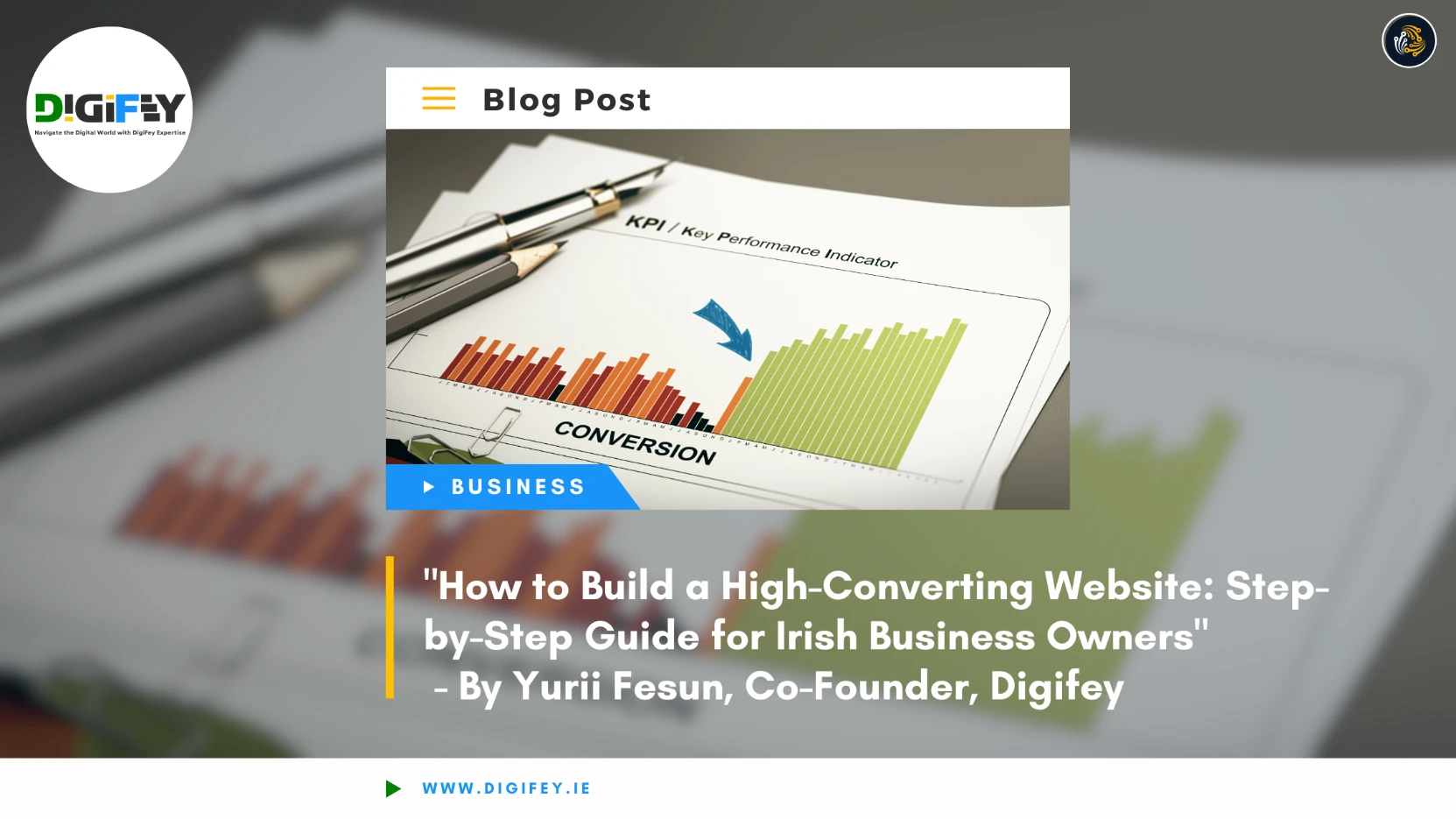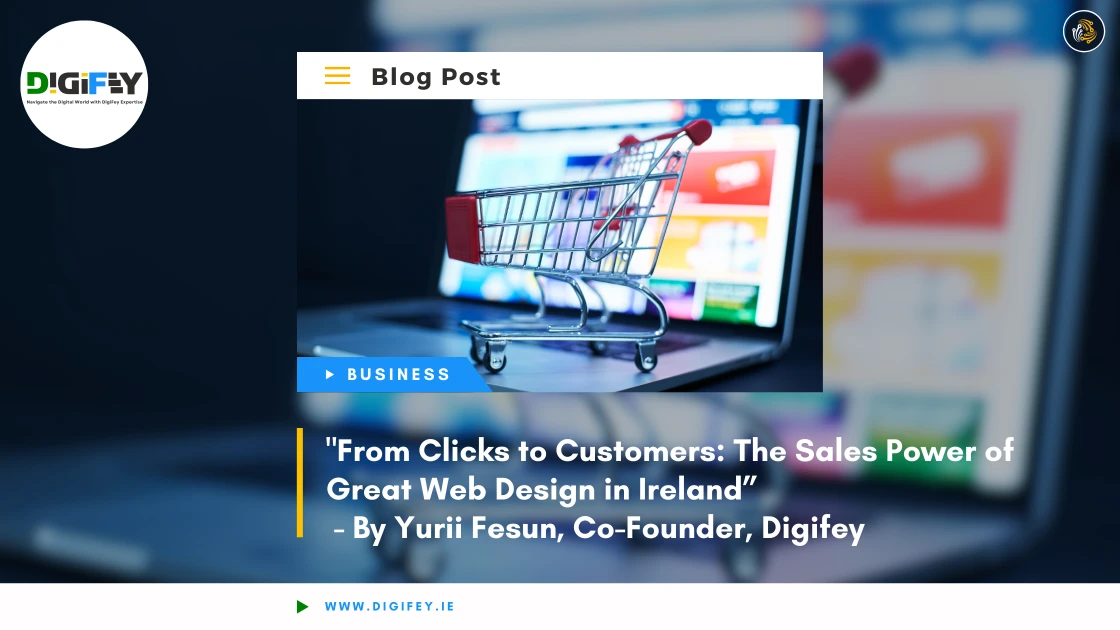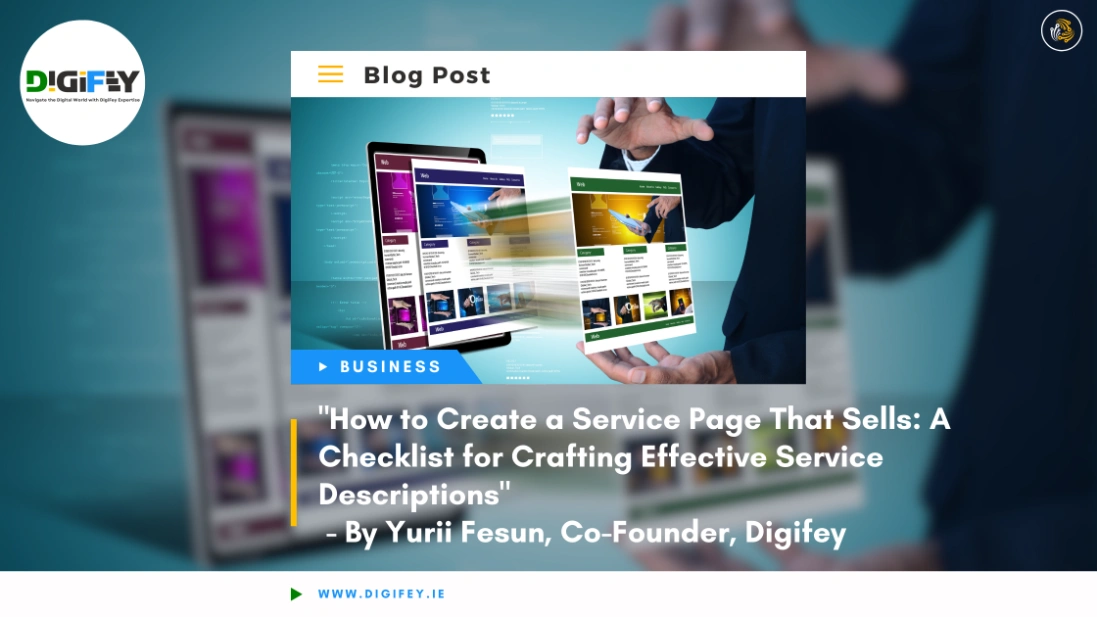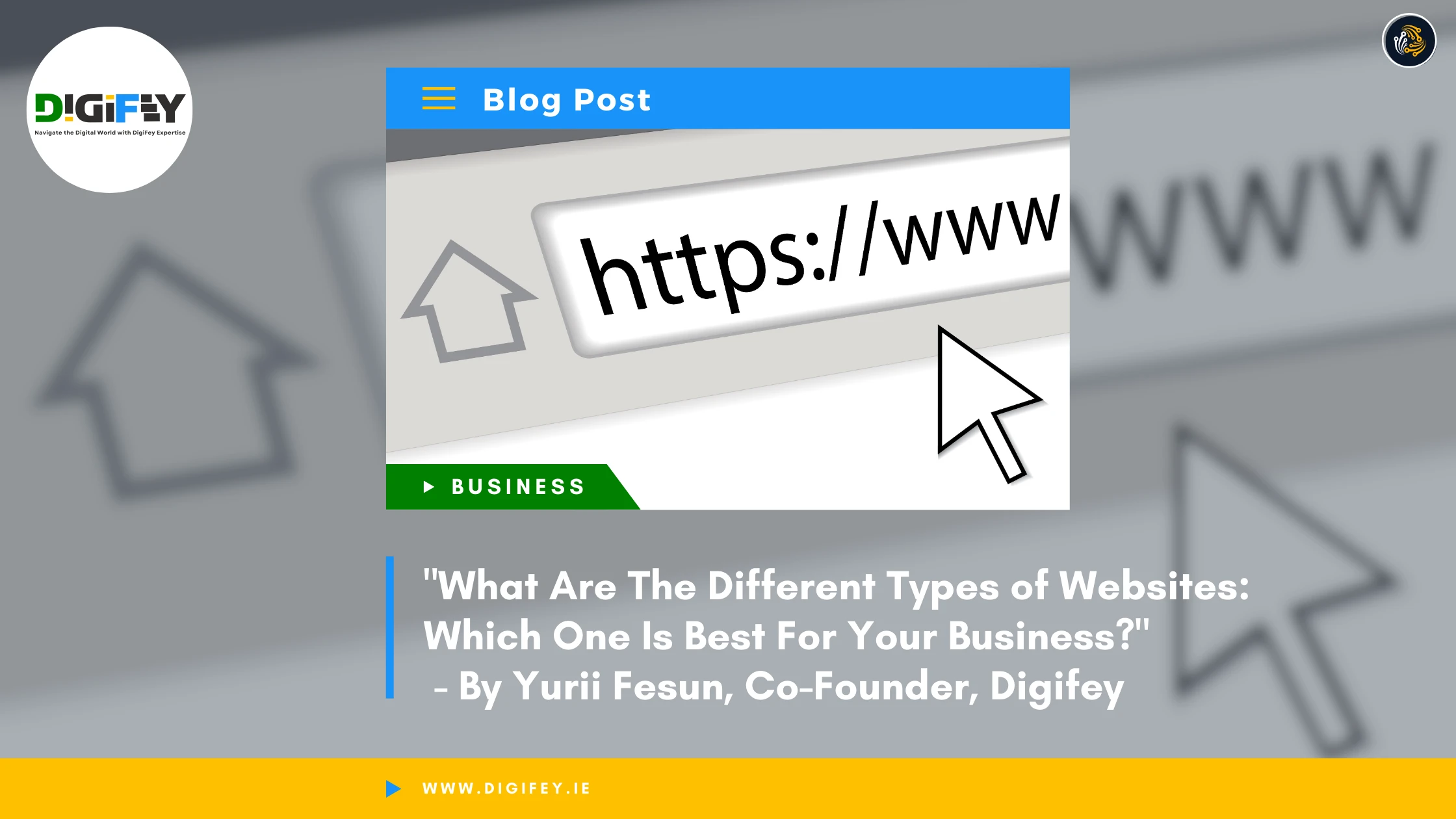In today’s digital-first world, a high-converting website is a must-have for any Irish business looking to grow and stay competitive. Your website is more than an online presence; it’s a powerful tool to attract visitors, generate leads, and convert them into loyal customers. But how can you create a website that truly delivers results? Here’s a step-by-step guide tailored to Irish business owners.
1. Understand Your Audience
The first step to building a high-converting website is knowing who you’re speaking to. Identify your target audience and understand their needs, preferences, and pain points. Irish customers often value authenticity, trustworthiness, and local relevance, so make sure your website reflects these qualities.
Tip: Use surveys or feedback from existing customers to understand what they’re looking for in your products or services.
2. Define Clear Goals
What is the primary purpose of your website? Is it to sell products, generate leads, or showcase your services? Defining clear goals will shape your site’s design and content. For example:
- E-commerce: Focus on seamless navigation and a secure checkout process.
- Service Business: Highlight testimonials and easy booking options.
- Local Business: Use local SEO strategies to attract nearby customers.
3. Choose the Right Platform
Selecting the right website platform is essential. Platforms like WordPress, Shopify, and Wix are popular among Irish businesses for their flexibility and ease of use. Ensure your chosen platform supports features like mobile responsiveness, SEO tools, and e-commerce integration if needed.
4. Focus on User-Friendly Design
A visually appealing, user-friendly design keeps visitors engaged. Your website should:
- Load quickly (under three seconds).
- Be mobile-responsive, as many Irish users browse on their phones.
- Have intuitive navigation with clear menus and links.
Tip: Use clean, minimalistic layouts that draw attention to your key offerings.
5. Write Engaging Content
Content is king when it comes to converting visitors. Your website should include:
- Compelling Headlines: Grab attention immediately.
- Service/Product Descriptions: Clearly explain what you offer and why it’s valuable.
- Call-to-Actions (CTAs): Use phrases like “Get a Free Quote” or “Shop Now” to encourage action.
Pro Tip: Highlight your local roots to build trust. For example, mention your base in Dublin, Cork, or another Irish location.
6. Optimise for Local SEO
Irish customers often search for services near them. Local SEO ensures your website appears in search results for location-specific queries. Key steps include:
- Adding location-based keywords like “plumbers in Meath” or “Galway restaurants.”
- Registering your business on Google My Business.
- Including your address, phone number, and operating hours on the site.
7. Use High-Quality Visuals
Visuals are critical for creating a professional impression. Invest in high-quality images and videos to showcase your products, services, or team. Avoid generic stock photos where possible; Irish customers value authenticity.
8. Highlight Social Proof
Trust is a deciding factor for Irish buyers. Include testimonials, reviews, or case studies to demonstrate your credibility. For example:
- Testimonials: Feature quotes from happy customers.
- Certifications or Awards: Showcase any industry recognition.
- Logos: Include logos of businesses or organisations you’ve worked with.
9. Create a Seamless Conversion Path
Make it easy for visitors to take the desired action. For example:
- For bookings: Use a straightforward form with minimal fields.
- For purchases: Ensure the checkout process is fast and secure.
- For inquiries: Add a live chat feature or prominently display your contact information.
10. Measure and Optimise
Building a high-converting website isn’t a one-time task. Use analytics tools like Google Analytics to track metrics such as:
- Traffic Sources: Where your visitors come from.
- Bounce Rate: How many visitors leave without interacting.
- Conversion Rate: The percentage of visitors who take the desired action.
Based on this data, refine your content, design, or CTAs to improve performance.
11. Prioritise Security
Irish customers value their privacy and security. Ensure your website has:
- An SSL certificate (displayed as “https://”).
- Secure payment gateways for e-commerce.
- Regular backups to protect data.
12. Leverage Social Media
Your website doesn’t exist in isolation. Link it to your social media profiles, and encourage visitors to follow you for updates, promotions, or customer engagement.
Conclusion
Building a high-converting website for your Irish business is about more than just aesthetics—it’s about strategy, user experience, and trust. By following these steps, you can create a site that not only attracts visitors but turns them into loyal customers. Whether you’re a local café in Cork or a tech startup in Dublin, investing in a well-optimised website is a crucial step toward long-term success in Ireland’s competitive market.






